Art
Tate Britain has rehung its art collection: What can we learn?
 Tate/Eugenio Falcioni
Tate/Eugenio FalcioniThe Tate Britain gallery in London has unveiled a complete rehang of the world’s greatest collection of British art.
More than 800 works by over 350 artists span six centuries. Its director, Alex Farquharson, says they “want to show that art isn’t made in a vacuum”.
So what can the works in one of our national collections tell us about Britain and its history?
The story of British art is the story of Britain
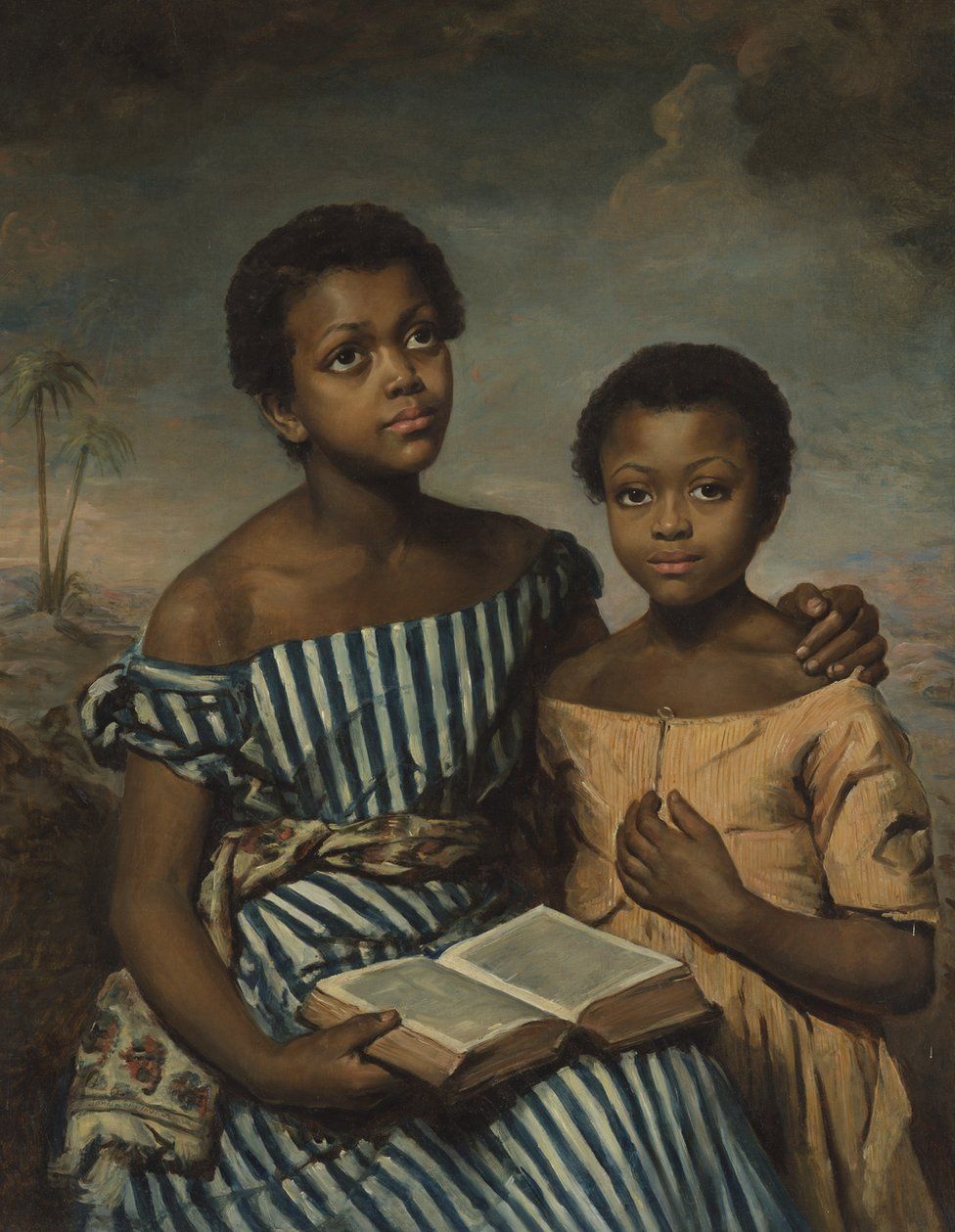
Tate/TB Keith
Tate’s galleries are still laid out chronologically, from the 1500s to the present day. But the works are now linked to great moments in Britain’s social and political history (wars, urbanisation, migration, revolution). We learn in an early room called Court Versus Parliament 1640-1720 that the artists on show were thriving at a time of huge turbulence: civil war, the execution of Charles I and the birth of party politics.

Tate
Alongside the portraiture, there’s now a new commission by Nils Norman that reflects the birth of protest from that time. You might have heard of the Ranters and Levellers, whose pamphlets adorn a wall – but did you know about the Adamites? Their main demand seems to have been for humans to go naked (to bring them closer to Adam and Eve’s pre-fallen state).
More women artists
Tate Britain has been investing in art by women to redress the balance for modern times. The earliest works on display, by Joan Carlile, Mary Beale and Anne Killigrew, date back to the 17th Century.
Carlile was one of the first British women artists ever to work professionally. Only around 10 portraits by her have been identified. Beale’s success as an artist made her the main breadwinner for her family.
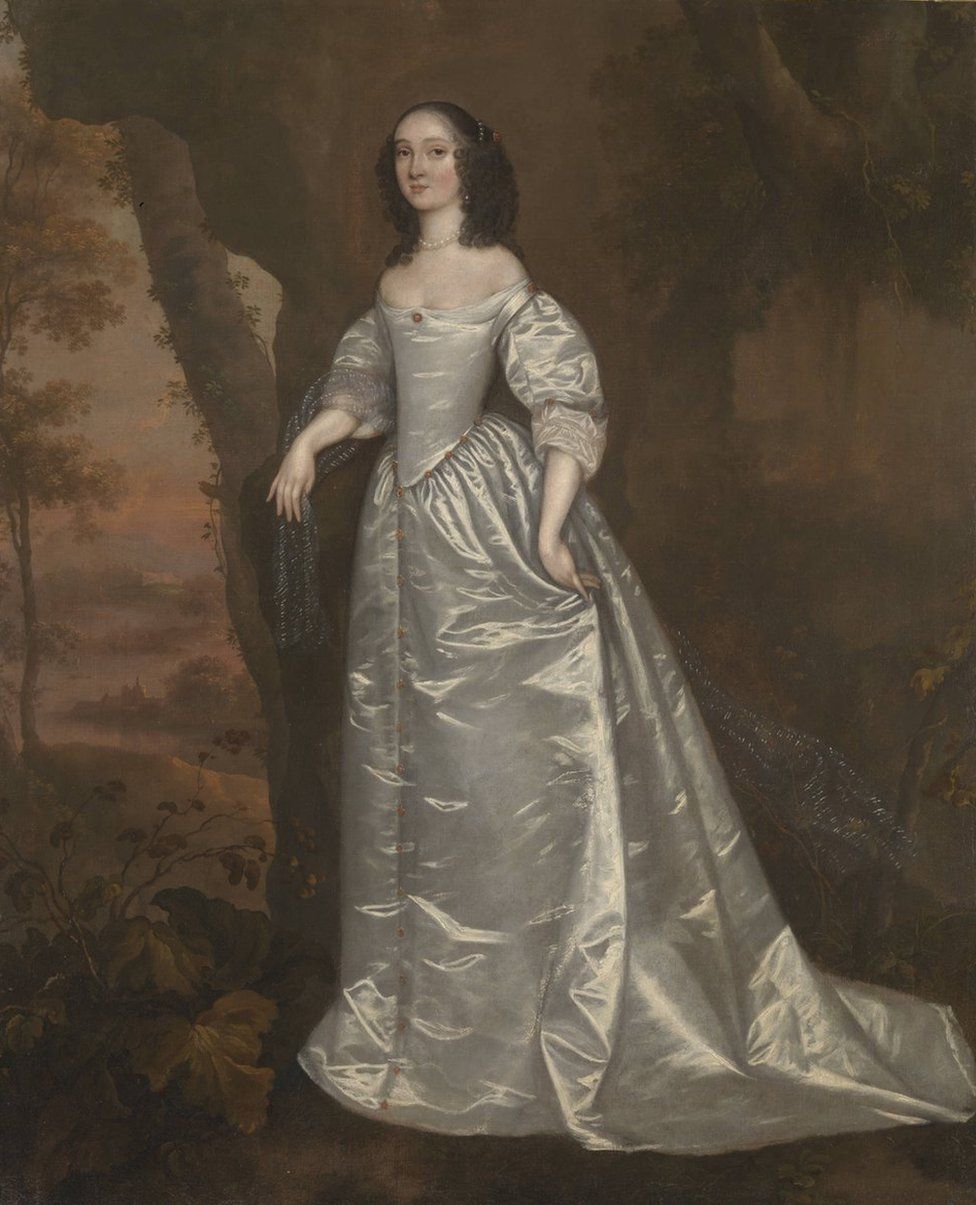
Tate
Farquharson says women artists have been “unfairly marginalised”. Other notable historic female artists highlighted in the collection include Emily Sargent (who painted alongside her more famous brother John Singer Sargent) and Annie Swynnerton. Half of the living artists on display at Tate Britain are now women, and there are also more works by artists of colour.
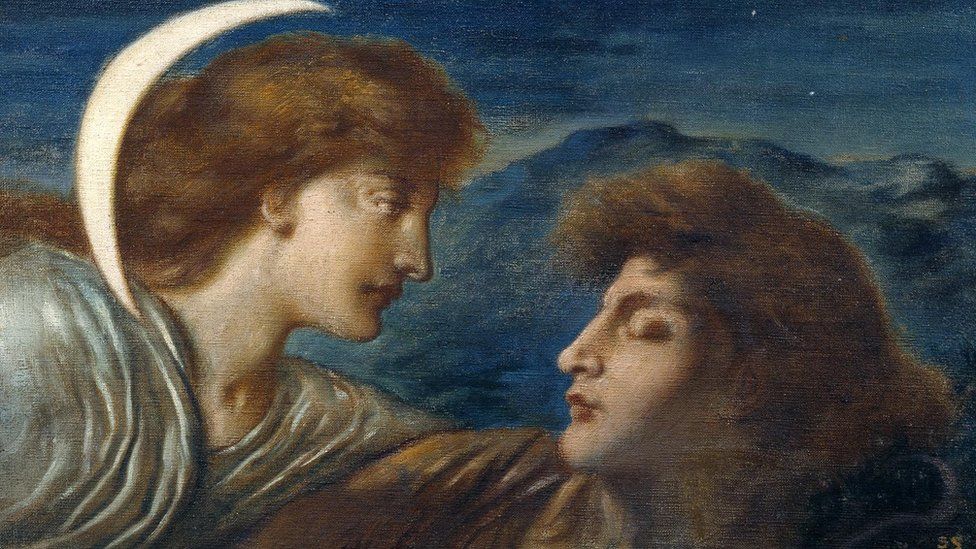
Tate Britain
A ‘more truthful’ account of history?
Tate Britain came in for criticism for its labelling of a Hogarth show in 2021, which Sunday Times critic Waldemar Januszczak described as “wokeish drivel”.
The new rehang aims to offer more context to the works to provide “a more truthful account of history”, says Farquharson. George Stubbs’ Haymakers from 1785 shows a beautiful scene of rural workers. Tate Britain’s label now includes a reminder that such idealised images of labour “rarely depict its harsh realities”.
A painting depicting Caribbean life in the 18th Century by Agostino Brunias shows enslaved and free women of African descent dancing.
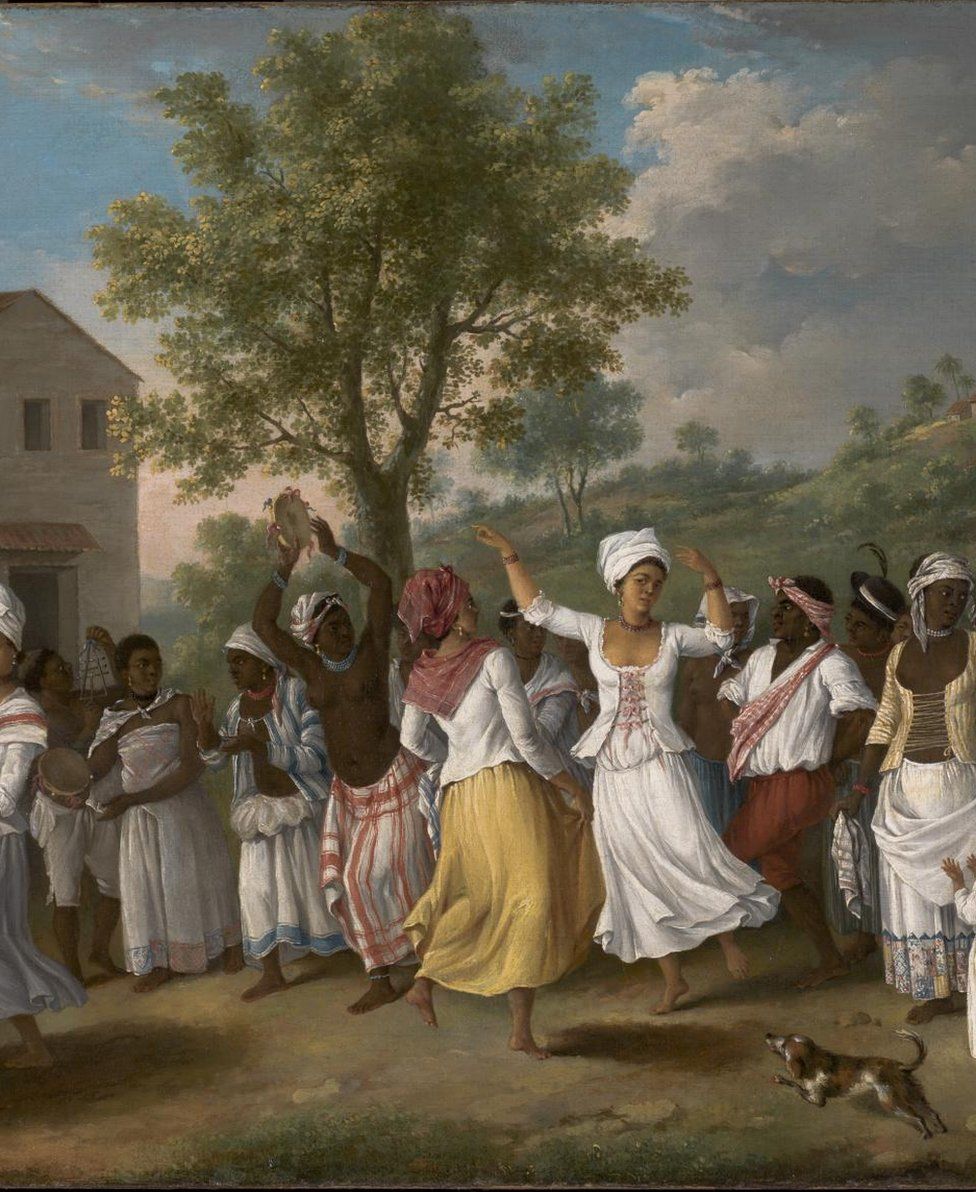
Tate
Brunias, says the label, mainly painted appealing images of plantation life for plantation owners. “Any reference to the forced labour and violence underpinning this is erased, as are his patrons’ roles in this oppression.”
Farquharson says the painting is “deliberately misleading” and meant for propaganda because it presents a “highly idealised picture of slave-owning society”.
Do Tate’s labels offer greater insights or diminish the art on show? It no doubt depends on your perspective, but to me, they felt like an extra layer of history.
Art for the crowds

Tate
In Victorian Britain, art attracted huge audiences as the emerging middle classes began to have money and leisure time. It was an era when Acts of Parliament and wealthy donors helped open public galleries with free entry. Some paintings became world famous.
These include John Martin’s apocalyptic The Great Day of His Wrath. Martin was originally a coach painter from the north-east of England who began creating art to supplement his wages. After his death in 1864, this painting – part of a triptych – travelled around the world, thrilling crowds from New York to Sydney. It was the blockbuster movie of its day.
Technical advances influenced art
Just as technical advances have had an impact on the art of today, we learn how they changed the art being made in the 19th Century. The invention of tubes of paint, as well as faster drying paint and collapsible easels, allowed artists to explore faster, more spontaneous ways of painting, often outdoors ‘en plein air’. The expansion of the railway network also made it easier for people to get out into the countryside to paint.
In the 1870s, what was at that point a radical art movement – Impressionism – aimed to capture ‘the painting of the moment’ by observing the fleeting effects of light and weather.

Tate
Who’s in, who’s out?
The rooms are still stacked full of favourites, from Van Dyck, Gainsborough, Hogarth and Constable to Hockney, Rego, Bowling and Riley (and if you’re missing Waterhouse’s Lady of Shalott, it’s on loan to Falmouth and will be back on display when it returns).

For those who associate Tate Britain with Turner, these rooms remain as awe-inspiring as ever. We learn that, having been picked out by art critics as “one to watch” in his late teens, he became the artist journalists loved to hate. Responding to his hazy landscapes, one explained that “he is the painter not of reflections, but of immediate sensations”.
Ever committed to his craft, did you know Turner claimed to have asked sailors to lash him to a mast for four hours so he could observe the power and volatility of a storm for one of his paintings?
Choppy waters of now?
The final room – chronologically – is called The State We’re In, 2000-Now. Artists of different generations have been working at a time of upheaval, whether Brexit, Covid, a cost of living crisis, the war in Ukraine or the social movements of Black Lives Matter and Me Too.
If Tate Britain is asking us, through its rehang, to reflect on the history of Britain through six centuries of art, what can we take away from these works?
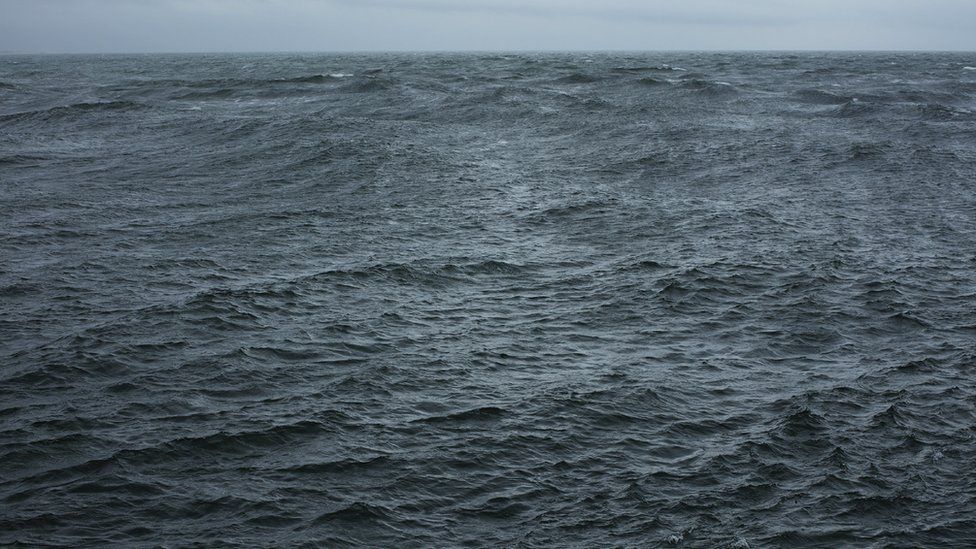
Tate Britain
Two vastly different works depict the sea – Wolfgang Tillmans’ detailed photograph of the waves and Lubaina Himid’s reworking of a James Tissot painting in which she has two black women gazing from the deck of a boat off the Portsmouth coast.
Are these at least a nod to Britain, an island nation, and the choppy waters of our times?

Art
Calvin Lucyshyn: Vancouver Island Art Dealer Faces Fraud Charges After Police Seize Millions in Artwork

In a case that has sent shockwaves through the Vancouver Island art community, a local art dealer has been charged with one count of fraud over $5,000. Calvin Lucyshyn, the former operator of the now-closed Winchester Galleries in Oak Bay, faces the charge after police seized hundreds of artworks, valued in the tens of millions of dollars, from various storage sites in the Greater Victoria area.
Alleged Fraud Scheme
Police allege that Lucyshyn had been taking valuable art from members of the public under the guise of appraising or consigning the pieces for sale, only to cut off all communication with the owners. This investigation began in April 2022, when police received a complaint from an individual who had provided four paintings to Lucyshyn, including three works by renowned British Columbia artist Emily Carr, and had not received any updates on their sale.
Further investigation by the Saanich Police Department revealed that this was not an isolated incident. Detectives found other alleged victims who had similar experiences with Winchester Galleries, leading police to execute search warrants at three separate storage locations across Greater Victoria.
Massive Seizure of Artworks
In what has become one of the largest art fraud investigations in recent Canadian history, authorities seized approximately 1,100 pieces of art, including more than 600 pieces from a storage site in Saanich, over 300 in Langford, and more than 100 in Oak Bay. Some of the more valuable pieces, according to police, were estimated to be worth $85,000 each.
Lucyshyn was arrested on April 21, 2022, but was later released from custody. In May 2024, a fraud charge was formally laid against him.
Artwork Returned, but Some Remain Unclaimed
In a statement released on Monday, the Saanich Police Department confirmed that 1,050 of the seized artworks have been returned to their rightful owners. However, several pieces remain unclaimed, and police continue their efforts to track down the owners of these works.
Court Proceedings Ongoing
The criminal charge against Lucyshyn has not yet been tested in court, and he has publicly stated his intention to defend himself against any pending allegations. His next court appearance is scheduled for September 10, 2024.
Impact on the Local Art Community
The news of Lucyshyn’s alleged fraud has deeply affected Vancouver Island’s art community, particularly collectors, galleries, and artists who may have been impacted by the gallery’s operations. With high-value pieces from artists like Emily Carr involved, the case underscores the vulnerabilities that can exist in art transactions.
For many art collectors, the investigation has raised concerns about the potential for fraud in the art world, particularly when it comes to dealing with private galleries and dealers. The seizure of such a vast collection of artworks has also led to questions about the management and oversight of valuable art pieces, as well as the importance of transparency and trust in the industry.
As the case continues to unfold in court, it will likely serve as a cautionary tale for collectors and galleries alike, highlighting the need for due diligence in the sale and appraisal of high-value artworks.
While much of the seized artwork has been returned, the full scale of the alleged fraud is still being unraveled. Lucyshyn’s upcoming court appearances will be closely watched, not only by the legal community but also by the wider art world, as it navigates the fallout from one of Canada’s most significant art fraud cases in recent memory.
Art collectors and individuals who believe they may have been affected by this case are encouraged to contact the Saanich Police Department to inquire about any unclaimed pieces. Additionally, the case serves as a reminder for anyone involved in high-value art transactions to work with reputable dealers and to keep thorough documentation of all transactions.
As with any investment, whether in art or other ventures, it is crucial to be cautious and informed. Art fraud can devastate personal collections and finances, but by taking steps to verify authenticity, provenance, and the reputation of dealers, collectors can help safeguard their valuable pieces.
Art
Ukrainian sells art in Essex while stuck in a warzone – BBC.com
[unable to retrieve full-text content]
Ukrainian sells art in Essex while stuck in a warzone BBC.com

Source link
Art
Somerset House Fire: Courtauld Gallery Reopens, Rest of Landmark Closed
The Courtauld Gallery at Somerset House has reopened its doors to the public after a fire swept through the historic building in central London. While the gallery has resumed operations, the rest of the iconic site remains closed “until further notice.”
On Saturday, approximately 125 firefighters were called to the scene to battle the blaze, which sent smoke billowing across the city. Fortunately, the fire occurred in a part of the building not housing valuable artworks, and no injuries were reported. Authorities are still investigating the cause of the fire.
Despite the disruption, art lovers queued outside the gallery before it reopened at 10:00 BST on Sunday. One visitor expressed his relief, saying, “I was sad to see the fire, but I’m relieved the art is safe.”
The Clark family, visiting London from Washington state, USA, had a unique perspective on the incident. While sightseeing on the London Eye, they watched as firefighters tackled the flames. Paul Clark, accompanied by his wife Jiorgia and their four children, shared their concern for the safety of the artwork inside Somerset House. “It was sad to see,” Mr. Clark told the BBC. As a fan of Vincent Van Gogh, he was particularly relieved to learn that the painter’s famous Self-Portrait with Bandaged Ear had not been affected by the fire.
Blaze in the West Wing
The fire broke out around midday on Saturday in the west wing of Somerset House, a section of the building primarily used for offices and storage. Jonathan Reekie, director of Somerset House Trust, assured the public that “no valuable artefacts or artworks” were located in that part of the building. By Sunday, fire engines were still stationed outside as investigations into the fire’s origin continued.
About Somerset House
Located on the Strand in central London, Somerset House is a prominent arts venue with a rich history dating back to the Georgian era. Built on the site of a former Tudor palace, the complex is known for its iconic courtyard and is home to the Courtauld Gallery. The gallery houses a prestigious collection from the Samuel Courtauld Trust, showcasing masterpieces from the Middle Ages to the 20th century. Among the notable works are pieces by impressionist legends such as Edouard Manet, Claude Monet, Paul Cézanne, and Vincent Van Gogh.
Somerset House regularly hosts cultural exhibitions and public events, including its popular winter ice skating sessions in the courtyard. However, for now, the venue remains partially closed as authorities ensure the safety of the site following the fire.
Art lovers and the Somerset House community can take solace in knowing that the invaluable collection remains unharmed, and the Courtauld Gallery continues to welcome visitors, offering a reprieve amid the disruption.
-

 Sports9 hours ago
Sports9 hours agoArmstrong scores, surging Vancouver Whitecaps beat slumping San Jose Earthquakes 2-0
-

 News9 hours ago
News9 hours agoAs plant-based milk becomes more popular, brands look for new ways to compete
-

 News6 hours ago
News6 hours agoLooking for the next mystery bestseller? This crime bookstore can solve the case
-

 News6 hours ago
News6 hours agoLabour Minister praises Air Canada, pilots union for avoiding disruptive strike
-

 News16 hours ago
News16 hours agoCF Montreal finds its groove with 2-1 win over Charlotte
-

 News16 hours ago
News16 hours agoToronto FC downs Austin FC to pick up three much-needed points in MLS playoff push
-

 News9 hours ago
News9 hours agoInflation expected to ease to 2.1%, lowest level since March 2021: economists
-

 News9 hours ago
News9 hours agoLiberal candidate in Montreal byelection says campaign is about her — not Trudeau


















